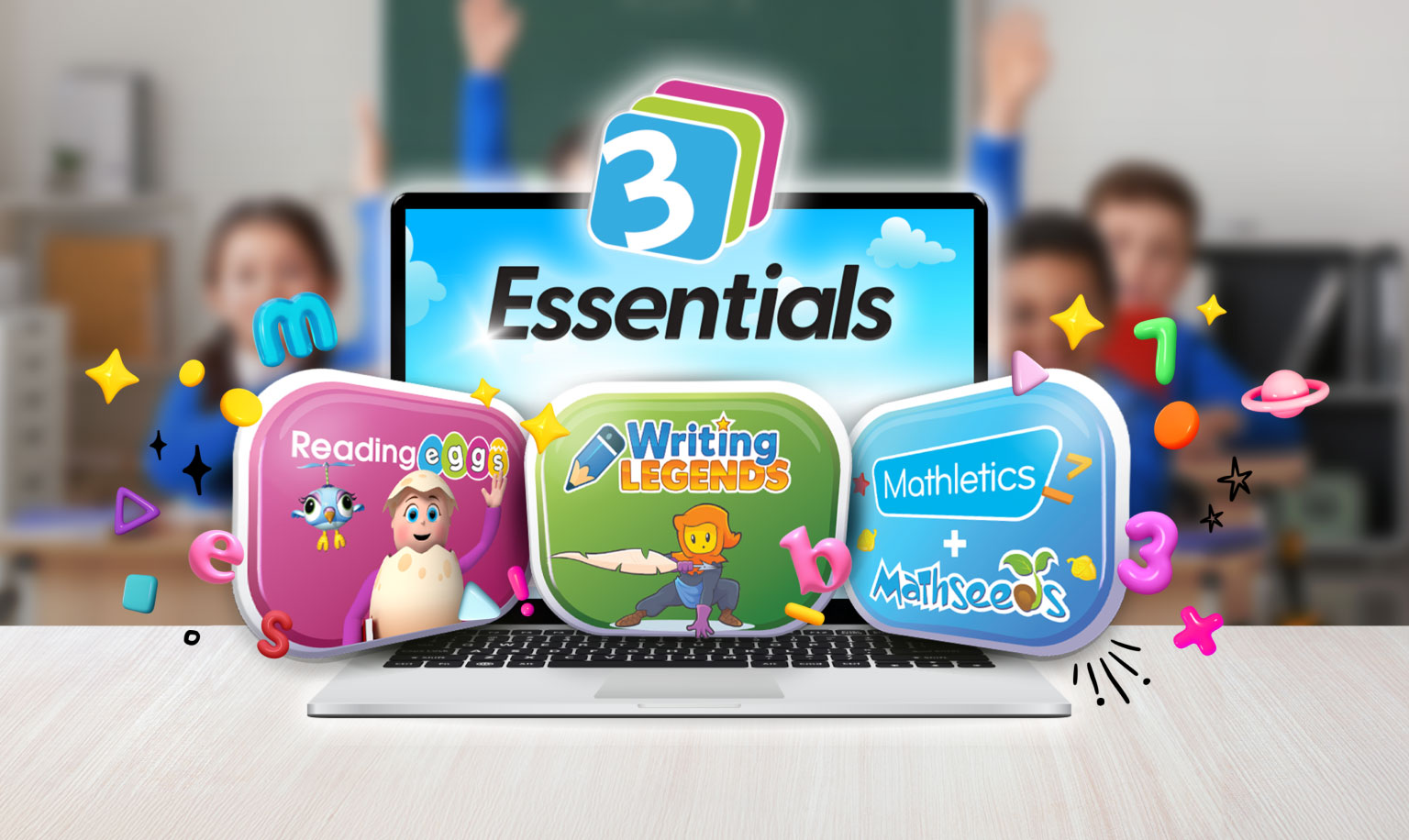
Teaching phonics to early learners is essential for them to become fluent and confident readers.
When phonics skills are underdeveloped, students and children start saying things like:
‘I hate reading’
‘It’s too hard’
‘I’m tired’
That’s because they’re spending lots of energy trying to figure out how words should be spoken.
By developing early learners phonics skills, you can improve their reading, give them confidence, and maybe help them find a book they love for life.
Teaching phonics effectively in the class or at home relies on three things:
- An understanding of the challenges of teaching phonics
- Know the key development milestones of phonics
- A fun way to engage early learners with phonics instruction
But before we dive in, it’s important to understand why investing time in phonics instruction is so important to a child’s development:
Why is Phonics Important?
Phonics improves reading and literacy
Phonics instruction teaches children how to decode words by segmenting letters or parts of words into their respective sounds, a skill that is essential for them to read unfamiliar words by themselves.
Research published in the Journal of Experimental Psychology: General shows that learning to decode words through the use of phonics, has a dramatic impact on the accuracy of reading aloud and comprehension.
Phonics build comprehension skills
When students can decode words with the use of phonetic knowledge, they are better positioned to develop their word recognition skills. This results in an increased level of reading fluency which, in turn, improves reading comprehension. If learners are no longer struggling to decode words, they can concentrate on making meaning from the text.
Phonics develops spelling ability
Phonics instruction improves spelling ability because it puts emphasis on spelling patterns that become familiar from reading. Studies show that half of all English words can be spelled with phonics rules that relate to one letter to one sound.
Challenges of Teaching Phonics
First – you probably don’t remember how you were taught phonics. Without knowing how and why it worked for you makes it more challenging to pass on.
Second – there’s a lot to know about phonics. There are competing strategies and controversies around best practice.
Third – there’s a dictionary’s worth of terms for phonics (the curious can find a key terms guide at the bottom of the article).
But these challenges can be overcome with strong understanding. Here’s the first thing you need to know:
Phonics Development Milestones
So how do you know your learners are hitting the right marks? There are a few key ages and stages that reflect developmental norms.
- Birth to 18 Months
- Developing interest in books and print
- 12 to 36 Months
- Interested in print
- Pretending to read
- Enjoying storybook reading
- Curious about syllables, rhymes, sounds
- Experimenting with mark making and drawing
- 30 to 60 months:
- Increasing awareness of words and print
- Playing with sounds and language
- Recognition of:
- Familiar words
- Printed material
- Own name
- Scanning of material from left to right
- Growing letter-sound (phonics) awareness
- Experimenting with writing and spelling
Note: While these can be used as a benchmark, it’s important to understand children’s learning and development is unique and exists on a continuum of growth, irrespective of their age.
Luckily, all stages can be taught with one or more of these phonics strategies:
Strategies for teaching phonics
Phonics can be taught in an intentional systematic way, or opportunistically as needs arise. Systematic phonics approaches follow a clearly defined order by which sound correspondences are introduced – synthetically, analytically or analogically.
Synthetic phonics
This is the most widely used approach to phonics instruction. Synthetic phonics teaches students how to segment sounds in words and convert letters into sounds. They then segment each sound and blend the sounds (combine them) to create words. For example, children are taught to take a single-syllable word such as ‘cat’ apart into its three letters, pronounce a phoneme for each letter in turn /k, æ, t/, and blend the phonemes together to form the word.
Analytic phonics
This method is associated with the teaching of reading where the phonemes associated with particular graphemes are not pronounced in isolation. With this technique, the child identifies the common phoneme in a set of words. For example, teachers may give their students a list of words: ball, bun, back, bent, and ask them to discuss the common factor, in this case each word in the list starts with ‘b’.
Analogy phonics
This is a form of analytic phonics where students use knowledge of parts of words they have already been taught, to read and decode words that they do not know or are unsure of. Students apply this method when a word might share a similar part, for example, feet, sheet, meet, all end in the rime, ‘eet’.
Embedded phonics
Embedded phonics involves instruction that is built into authentic reading experiences, e.g. reading that is done for interest-driven learning or pleasure. Children learn phonics as they engage in ongoing reading and writing in the classroom. For example, a student might learn to decode the word ‘whale’ in the context of a short story about whales and other ocean life.
Key Phonics Terms
Phoneme
The smallest unit of sound is called a phoneme. Children are taught the individual sounds of each letter of the alphabet early on.
Grapheme
In linguistics, a grapheme is the smallest unit of a writing system of any given language. Essentially, a grapheme is a letter or a set of letters that represent a sound (more correctly, phoneme) in a word.
An individual grapheme may or may not carry meaning by itself and may or may not correspond to a single phoneme of the spoken language.
GPC
This is short for Grapheme Phoneme Correspondence. Knowing a GPC means being able to match a phoneme to a grapheme and vice versa.
Digraph
A grapheme containing two letters that makes just one sound (phoneme). E.g. ‘sh’ and ‘ck’.
Trigraph
A grapheme containing three letters that makes just one sound (phoneme). E.g. ‘tch’.
Decoding
Decoding is the ability to apply knowledge of letter–sound relationships to correctly pronounce written words. The efficiency of decoding skills impacts reading fluency and comprehension.
Oral blending
This involves hearing phonemes and being able to merge them together to make a word. Children need to develop this skill before they will be able to blend written words.
Blending
This involves looking at a written word, looking at each grapheme and using knowledge of GPCs to work out which phoneme is represented by each grapheme and then merging these phonemes together to make a word. This is the basis for reading.
Oral segmenting
This is the act of hearing a whole word and then splitting it up into the phonemes that make it. Children need to develop this skill before they will be able to segment words to spell them.
Segmenting
This involves hearing a word, splitting it up into its individual phonemes, using knowledge of GPCs to work out which graphemes represent those phonemes, and then writing those graphemes down in the right order. This is the basis for spelling.
Need help teaching phonics and early learner literacy?
We’ve got you covered. Check out our huge blogs on How To Teach Spelling and How To Teach Vocabulary, or get access to Fast Phonics with an unlimited 30-day trial of Reading Eggs below.












